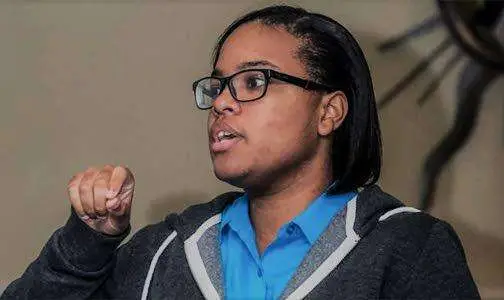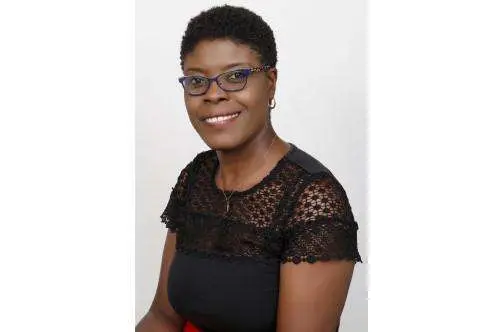
Murderous months!
THE May to August period each year accounted for the most murders across Jamaica between 2015 and 2020.
The Jamaica Constabulary Force (JCF) tallied 6,960 murders across the five-year period. Further, sample data obtained by the Jamaica Observer from the JCF show that in the months of May, June, July and August about 35 per cent of those murders over the stated period were recorded.
Not far behind, January, February, March and April account for about 34 per cent, and the last four months of the calendar year – September, October, November and December – account for about 31 per cent.
Clinton Laing, assistant commissioner of police and head of the Criminal Investigations Branch, told the Sunday Observer that it is the norm to see more murders during the May to August period, which includes the summer months.
“Usually, we see a slight uptick [in serious crimes and murder] during the summer months,” he said.
According to the meteorological season, the summer period runs from June 1 to August 31.
Citing statistics reported by the Sunday Observer in July that 6,494 children between ages 12 and 18 have been hauled before the courts for serious crimes from 2015 to April 2021, retired crime fighter Clive “Karate Georgie” Lawrence said the summer months leading the pack in murders doesn’t come as a surprise.
“With those stats, it is definitely the reality. With summer break when most of the youths are free, an increase in murders is expected. Especially when the data show that youths are responsible for the most murders over the same time period,” he said.
Further, youth aged 16 to 25 are responsible for 1,020 murders from 2015 to October 21, according to JCF data.
Lawrence added that the situation may be exacerbated due to the novel coronavirus pandemic.
“Some of the youths seize the opportunity in the pandemic. They are glad for it. They are glad for the pandemic just to make an excuse not to go to school. I see many of them in the market. They are making no effort to go online for school, much less go to school. All of these youths want jobs and want money to come to them but they are not going out for it the right way,” he said.
However Shannique Bowden, executive director of Jamaica Youth Advocacy Network (JYAN), pointed to an underlying issue that needs to be addressed.
“The issue is not youth per se, nor that youth are disengaged. They are disengaged but what statistics won’t show you is that young people are a product of their environment. When you have young people growing up in inner-city communities and communities riddled with violence, the norm that they are accustomed to is violence. Some will make it out, some, unfortunately, won’t,” Bowden told the Sunday Observer.
“We can acknowledge that young persons are being recruited into gangs and equally we need to acknowledge that not enough is being done to address gang culture in Jamaica. Not enough is being done to address crime on a whole and it is really easy to play the blame game while failing to acknowledge the failures of our police force and the wider Government. And they are failing not just young people but Jamaica.”
Bowden said the question has to be asked as to why it is seemingly easier for a young person to get their hands on a gun than it is to get a well-paying job.
“We are seeing more and more reports of taxpayers’ money being misappropriated, with very few meaningful consequences. Scam culture is integrated into our society, from the top down. Why is it only a breakdown of our morals and respect of society because young persons are also participating in it? The statistics speak for themselves but they cannot be looked at in isolation. We tend to want to make an example out of disenfranchised young people. Yes they contribute to crime and violence, but the bigger picture requires a bit more nuance,” she lamented.
Between 2006 and 2010 there were 7,673 murders were recorded in Jamaica and between 2011 and 2015 there were 5,650 murders.
Bowden, also a human rights and social justice advocate, told the Sunday Observer that young people in their development are susceptible to peer influence and what is happening around them.
“When crime is all they know, when a life of violence is expected, it is easy to fall into that — especially when they feel like there are few options otherwise. The focus should be on positive interventions within their schools and the wider community.
She stressed that stick-to-it-iveness is also a necessity when attempting to implement the suggested programmes.
“We need social and community interventions and real investments in sustainable skill trainings, mentorship and meaningful engagement — not implementing a programme for six months or a year and then abandoning it, but effective and sustainable long-term strategies to keep young persons engaged,” Bowden added.
Because the September to December period trails closely behind, senior communications strategist at the JCF Dennis Brooks has urged persons to be vigilant as we approach the Christmas season.
“We’re coming up to Yuletide season when we usually see an increase in acquisitory crimes — as in, taking people’s things — so various kinds of larceny, robbery and other things [are likely to take place]. So, you would naturally think about any particular tips and advice that the police would give to residents of the division going into the Yuletide season, to protect themselves from the perpetrators of acquisitory crimes,” he said.
Meanwhile, Dr Adella Campbell, associate professor and dean of the College of Health Sciences at University of Technology (UTech), Jamaica, told the Sunday Observer that despite statistics pointing to May to August as the most murderous months, the health fraternity usually feels heightened pressure during the last months of the year. Within that period, she said there is an increase in trauma cases as a result of motor vehicle crashes and public holidays.
“While this is not peculiar to the last months of the year, health workers, especially those assigned to the Accident and Emergency (A&E) department in hospitals, often share how challenging it is to cope. They often encounter heavier workloads, which is not without its attendant effect of extended work hours or working for 16 hours. It is not uncommon for some institutions to see at least three gunshot wounds per day, in addition to those pronounced dead on arrival. A key point to note also is that this situation is compounded by the [novel coronavirus] pandemic, and motor vehicle accidents,” said Campbell.
“When health workers extend themselves to provide coverage due to the perennial problem of shortage of staff, they often complain of physical and mental stress, being overworked; feeling tired, overburdened, and suffering from burnout. They even feel traumatised by the death of the victims of crime and violence, especially when they are young victims. What is even more frustrating for health workers is having to administer care without adequate resources,” she added.
Campbell said students training to enter the health-care profession will have to deal with a lot as it relates to treating victims of crime and violence. She added that regarding the school’s curriculum, three domains of learning are emphasised which include cognitive (thinking), affective (feeling) and psychomotor (doing).
“I am aware that nurses are equipped with the knowledge and skills required to manage the real world of work, which includes these situations. For example, through a well-structured curriculum nurses are prepared to care for individuals across the lifespan. They are equipped to care for patients in a variety of settings including the emergency room, and the Intensive Care Unit. Notably, students hone their skills through simulation and exposure to the clinical settings such as all units in hospitals and health centres, inter alia,” Dr Campbell said.




























